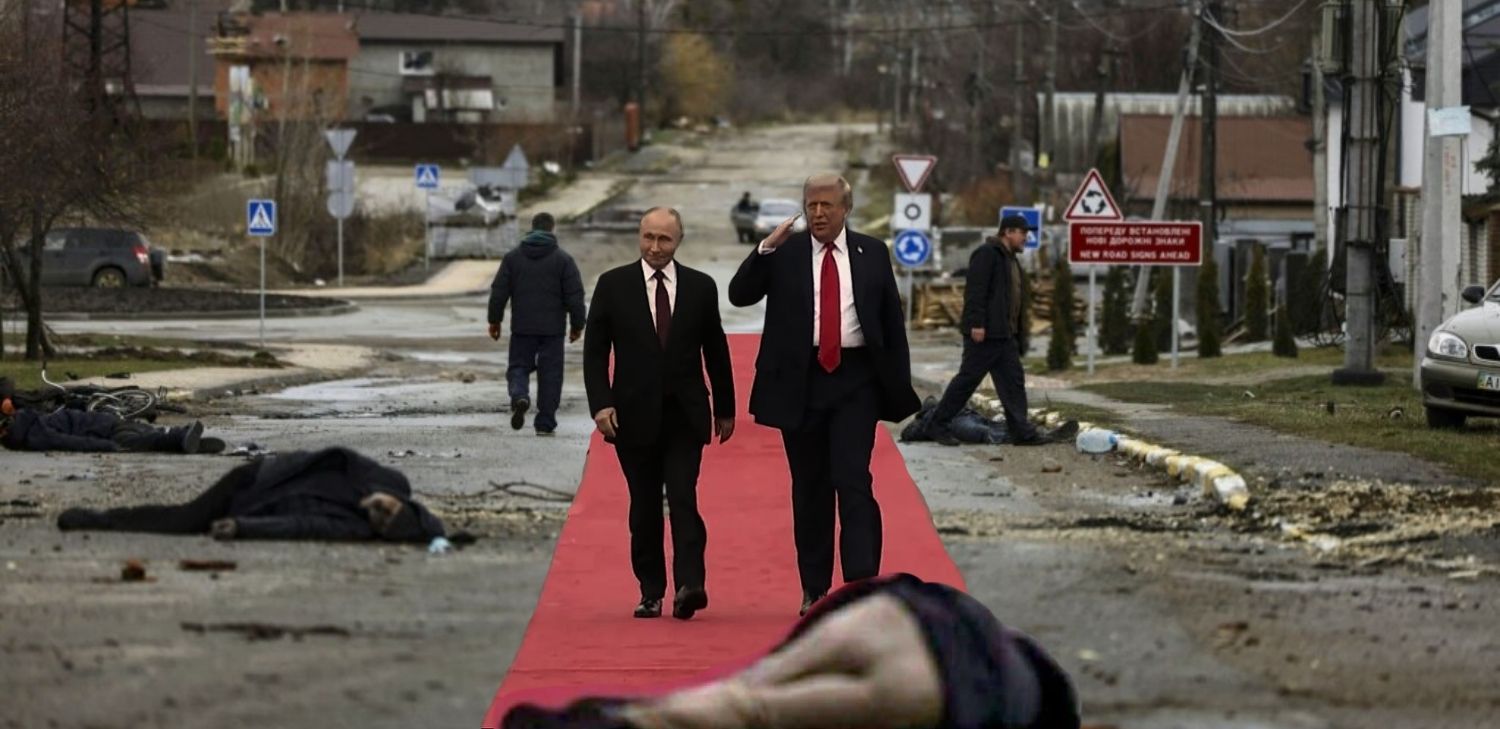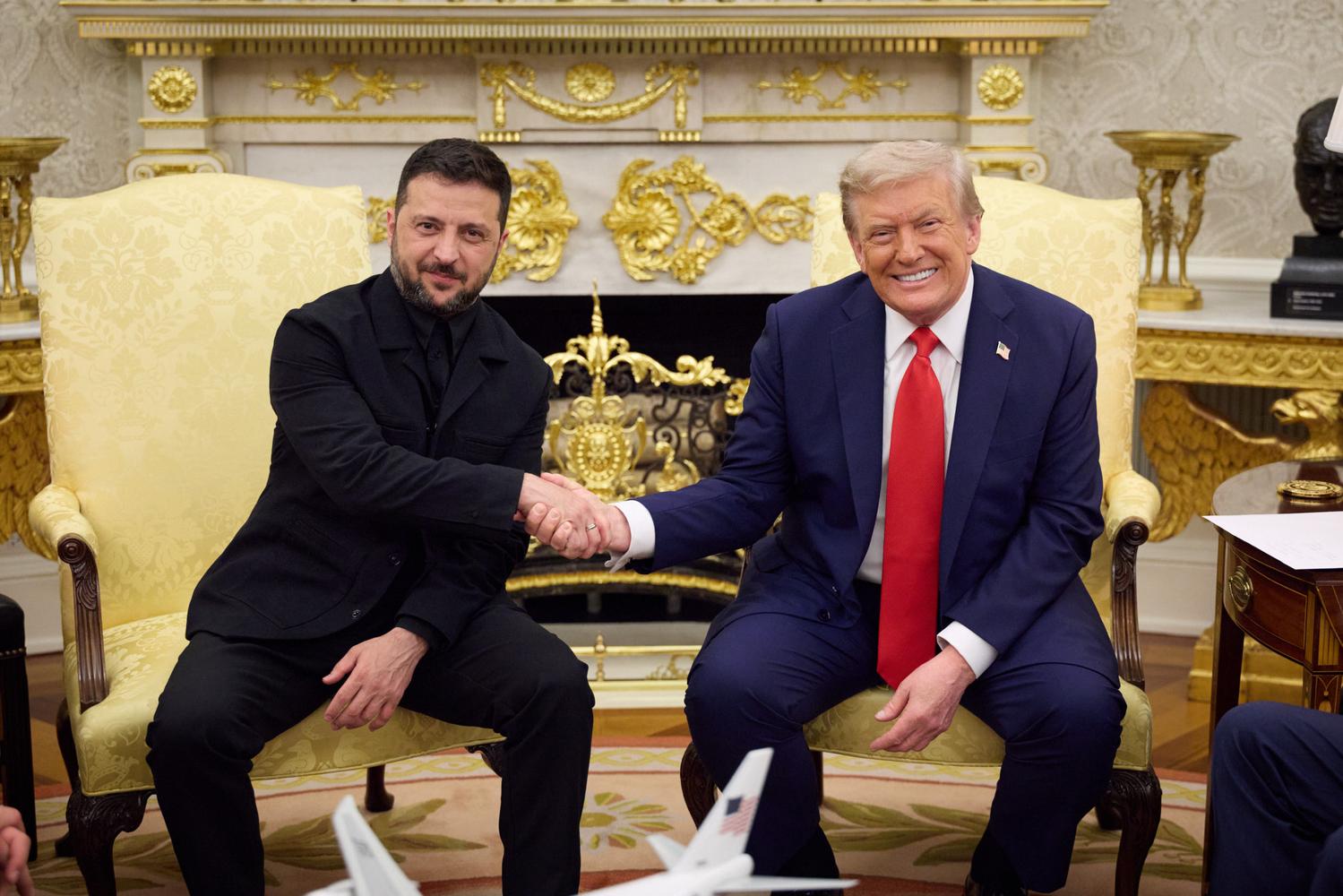The change of atmosphere in the Oval Office could not have been starker. In February, Ukrainian President Volodymyr Zelenskyy walked into what looked like an ambush, facing a hostile President Trump and Vice President Vance. On 18 August, the same office hosted a cordial and businesslike discussion between leaders coming to a common understanding of how to deal with Vladimir Putin’s aggression.
After months of education about Putin’s methods and Trump’s negotiating style—including Trump’s Alaska meeting with Putin that failed to produce the easy peace he had promised—all parties are adopting a more realistic approach away from wishful thinking toward the kind of concerted pressure that may eventually lead to ending Europe’s deadliest war since World War II.
Ukraine’s strategic evolution
The Ukrainian side clearly learned its lessons from the previous hostile encounter. President Zelenskyy expressed gratitude, emphasized that US aid didn’t come as gifts, and avoided contradicting Trump or presenting graphic war imagery that derailed the last meeting.
Instead, he arrived with maps, battlefield assessments, and specific ideas.
His message was clear: although Russia controls about 20% of Ukrainian territory, subtract areas seized in 2014-2015 during Ukraine’s weakness, and Russian gains over three and a half years of full-scale war have been remarkably limited.
This tells a story of Russian bluff rather than Russian strength.
Dropping NATO for Article 5-level guarantees
Ukraine made a crucial adjustment by dropping its insistence on NATO membership as the only acceptable security arrangement. This removes a major irritant for Trump and strips Russia of its stated pretext for aggression while opening space for alternative frameworks that could prove equally effective.
The proposed Article 5-level security guarantees from a coalition of 30 countries including NATO and non-NATO members such as Japan, New Zealand and Australia represent serious deterrence and deflate Russian narratives completely.
Ukraine also proved it can make deals. The recent minerals agreement with the United States demonstrated Ukrainian reliability and skill as a negotiating partner. This credibility played an important role in securing a respectful conversation in Washington rather than another steamroller attempt.
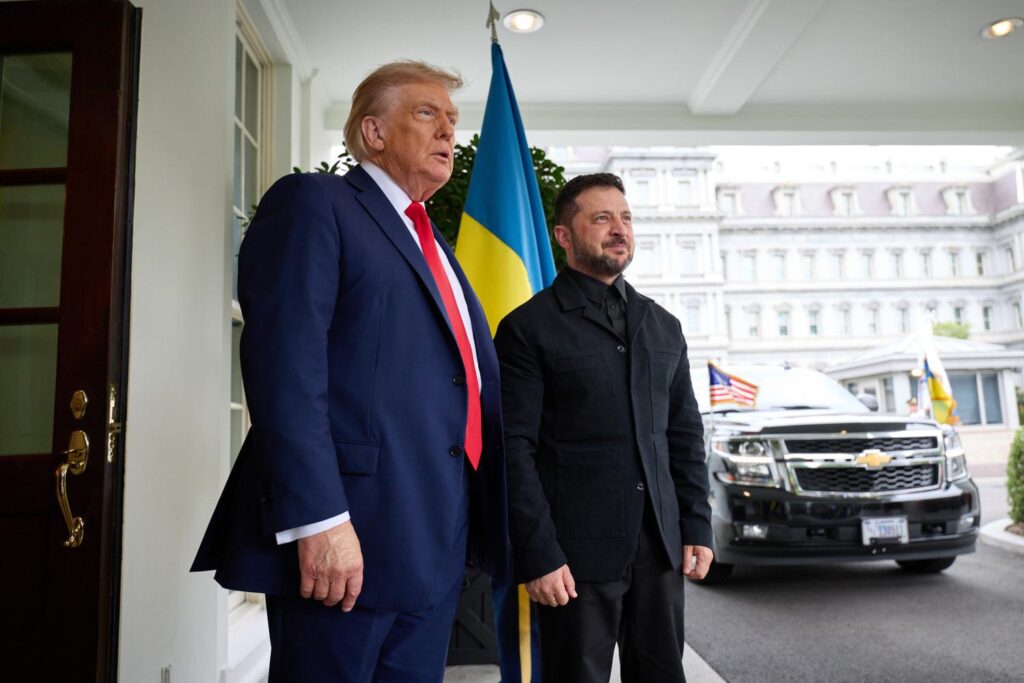
Trump’s harder-edged realism
President Trump’s evolution has been equally significant.
His initial belief that he could charm Putin into peace through generous concessions has given way to a different approach entirely.
Trump expressed irritation with Putin’s duplicity, refused to discuss business opportunities before the war stops, and ordered two US nuclear submarines to “be positioned in the appropriate regions” in response to Russia’s nuclear saber-rattling.
Learning Putin interprets compromise as weakness
Trump appears to have learned what Ukraine discovered long ago: Putin interprets willingness to compromise as weakness. While Trump continues making public overtures toward Putin as part of his deal-making philosophy, his actions tell a different story:
- Weapons deliveries to Ukraine continue, although they’re now being paid for;
- Sanctions remain in place;
- The US participates in the Coalition of the Willing;
- There has been no condemnation of Ukrainian strikes on Russian energy and transport infrastructure that have caused fuel shortages and economic disruption.
This looks like a return to “peace through strength,” though there’s an obstacle to applying it fully. NATO countries have acknowledged they’re not ready for confrontation with Russia and are working to build up their strength in what resembles an exercise of saying “nice doggy” while looking for a stick.
Putin’s shrinking options
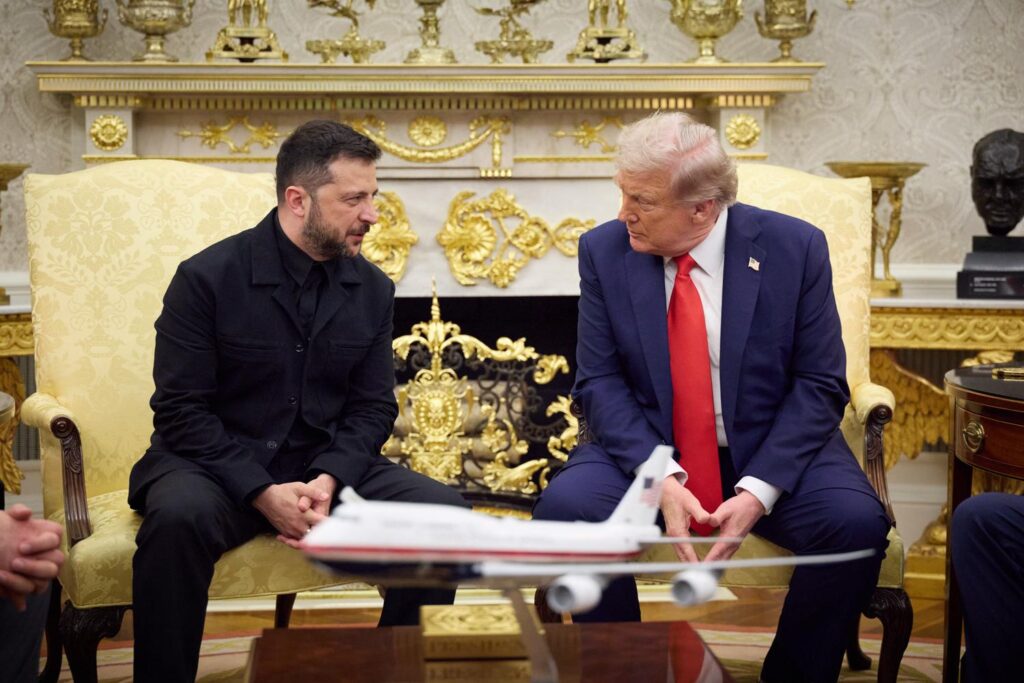
Putin finds himself in an increasingly difficult position. Having claimed NATO expansion was Russia’s primary concern, he now faces a situation where Trump has categorically ruled out Ukrainian NATO membership.
If Putin continues rejecting peace talks under these conditions, he loses his victim narrative and reveals himself clearly as the aggressor—exactly what Russia has tried to avoid.
Putin’s manipulation tactics, while still present, appear to be losing effectiveness. His transparent attempts to flatter Trump over the 2020 election and the humiliation of President Biden, plus the Trump portrait given as a gift, represent obvious flattery that seems to be increasingly losing grip.
More significantly, Putin’s refusal to accept Trump’s generous initial concessions demonstrated to the American president that the Russian leader may not really mean what he says.
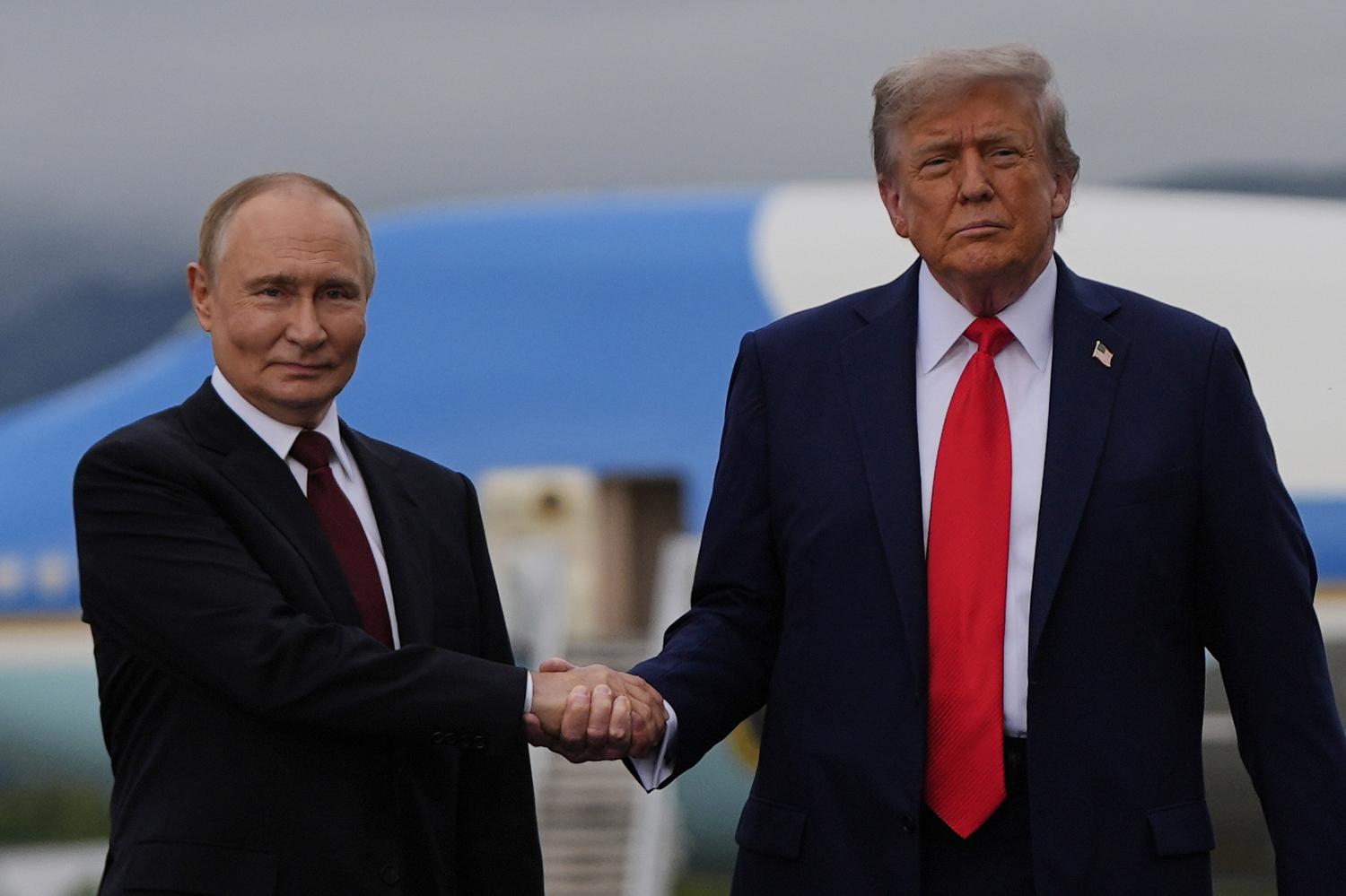
Alaska surrender: Putin scores total victory, Trump turns pressure on Ukraine
Economic pressure mounting
Russia’s economy is heading toward recession and stagflation. Russia faces slowing production, high inflation, and high interest rates. While Moscow has managed to escape the Afghanistan effect on its society by recruiting contract soldiers from poorer regions rather than sending young conscripts to the frontline, this strategy has limitations.
Ukrainian long-range strikes disrupting Russian economic activity, plus western sanctions limit Russia’s ability to sustain the strategy for long.
European unity and coalition building
Europe is showing signs of waking up to the new security environment. Despite divisions within the European Union, particularly from countries like Hungary, a core coalition remains committed to maintaining sanctions pressure on Moscow while supporting Ukrainian security, as demonstrated in the 18 August White House meeting.
The European Commission has developed strategic documents to enhance Europe’s defense readiness and devised financial instruments to help build and modernize the European defense industrial base. Ukraine is increasingly involved as Europe’s partner.
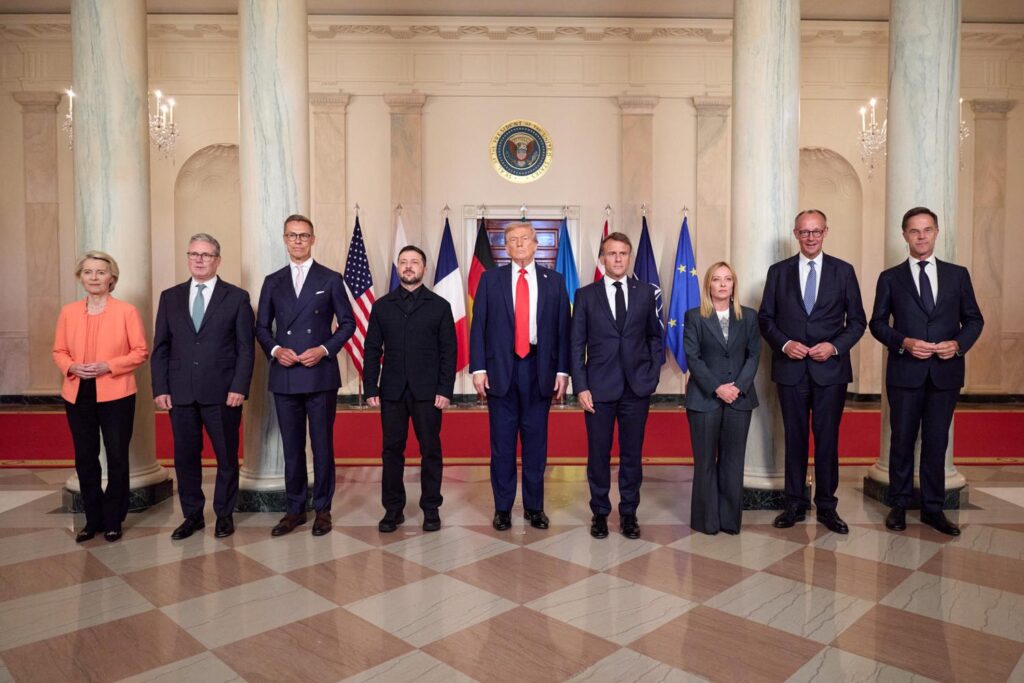
Coalition of the Willing structure
Like traditional NATO Article 5 protections, the Coalition of the Willing comprised mostly of Europeans will commit to defending Ukraine according to their capabilities, as President Zelenskyy explained.
Some will provide military contingents, some will give financial support, others could secure Ukraine’s coastline, and still others might handle air defense. This arrangement represents a big step forward from other security arrangements Ukraine has been offered—the 1994 Budapest memorandum or the Ukraine Compact adopted at the NATO Vilnius summit.
The territorial challenge
The territorial question remains the most difficult issue, particularly regarding Crimea and Donbas. Ukraine will never formally recognize Russian sovereignty over the peninsula, but there appears to be growing acceptance that military reconquest is currently impossible.
Russian control of Crimea creates ongoing security threats extending far beyond Ukraine’s borders. Crimea serves as a southern bridgehead that Russia already used to launch its 2022 attack against Ukraine. Continued Russian presence there ensures this threat remains active.
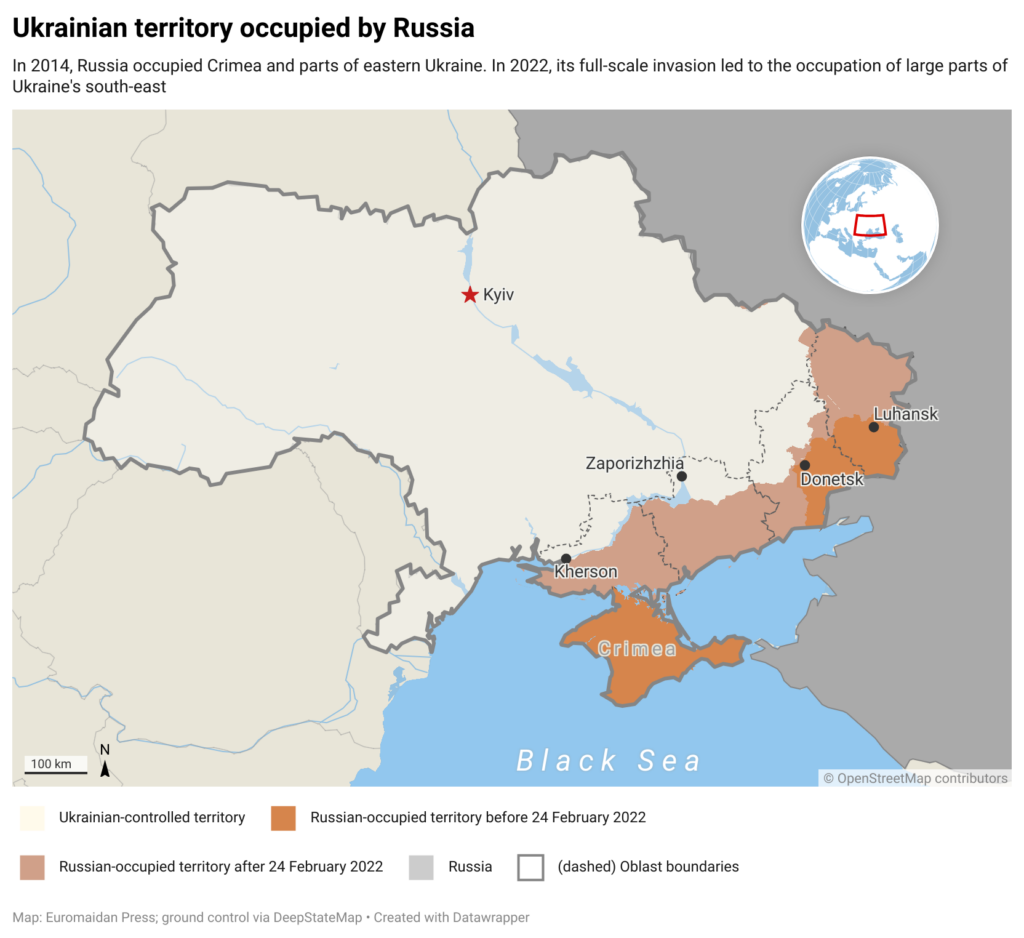
Ukrainian shipping lanes through the Black Sea will remain vulnerable to Russian interdiction from Crimean bases.
Most critically for Western interests, Russian military positions in Crimea place Moscow significantly closer to European NATO members, creating security challenges for the entire alliance.
Ukraine’s European partners have been explicit about their red lines regarding territorial concessions achieved through force. The principle at stake—that borders cannot be redrawn through military aggression—represents a cornerstone of the international order that extends far beyond Ukraine’s specific situation.
The path forward
Recent developments suggest that substantive negotiations between Russia and Ukraine could take place. Putin’s agreement to meet Zelenskyy personally before trilateral talks with the US president, Trump’s willingness to participate in security guarantee discussions, and the emergence of a credible international coalition all point toward more serious diplomacy than we’ve seen since the war began.
But this progress remains fragile. Putin’s track record on agreements is poor, and his refusal to agree to a ceasefire indicates he still favors continued conflict.
Requirements for sustainable progress
The path forward requires sustaining economic and military pressure on Russia while building the strength necessary to enforce any eventual agreement. Sanctions should remain until concrete progress occurs, weapons deliveries to Ukraine must continue, and the coalition of willing nations must finalize security arrangements that will credibly deter future Russian aggression.
After eleven years of war, the possibility of a negotiated settlement finally appears somewhat realistic. Nobody in Ukraine is rosy-eyed about Russian intentions and Putin’s ability to continue inflicting lots of pain.
The stakes extend beyond Ukraine to the future of European and possibly even global security. Failure will invite further challenges from Russia and other authoritarian powers watching closely. Ukraine and its allies and partners must not fail.




